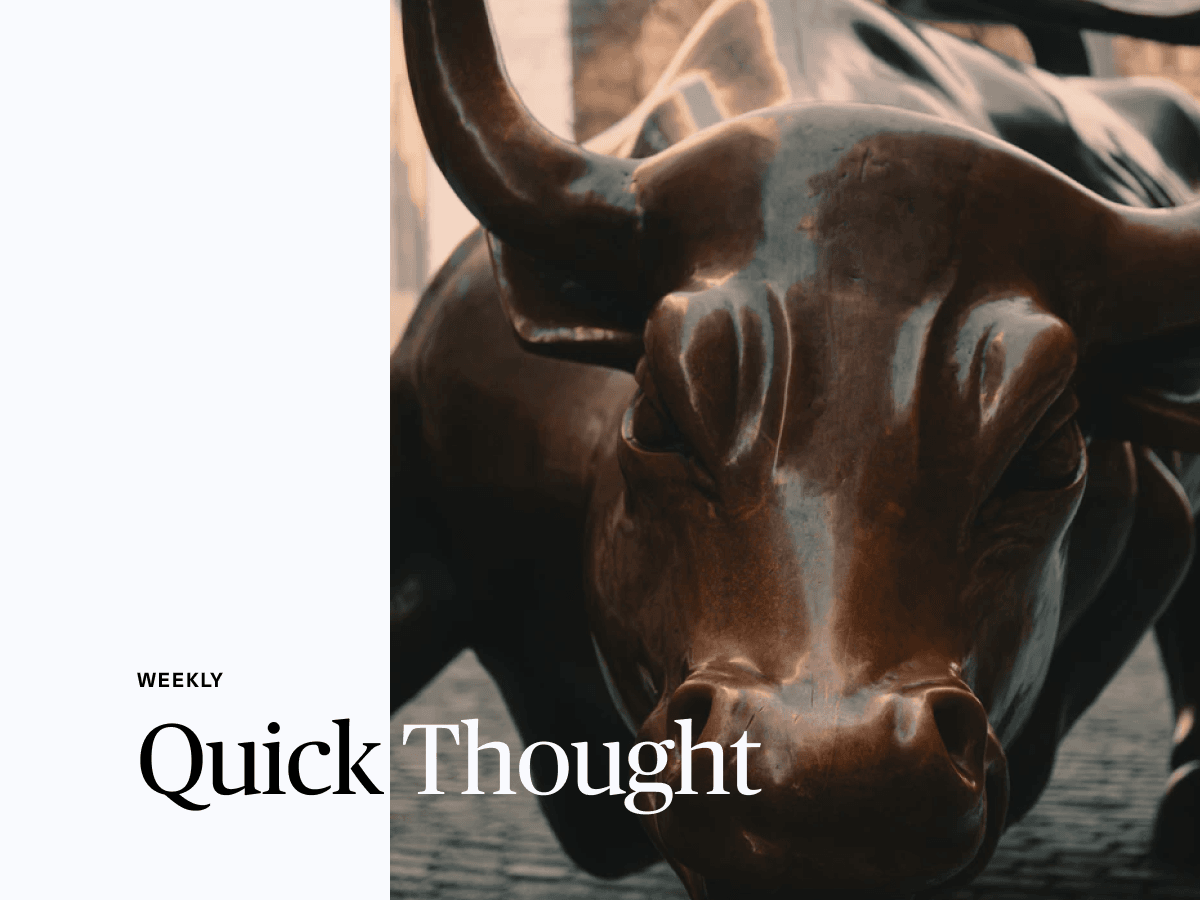IPOs and SPACs and direct listings, oh my
Jan 8, 2021

This week, gaming business Roblox disclosed that it'd be pursuing a direct listing instead of the IPO that it had previously been planning late last year.
At the same time, fintech startup SoFi (which was previously said to have been contemplating an IPO) announced that it'd be going public by merging with a SPAC controlled by Social Capital.
IPO alternatives like SPACs and direct listings are undoubtedly gaining steam, and we believe this trend will continue to persist in 2021 as it did in 2020.
But what is the actual difference between all these alternative approaches, and what does it mean for investors?
In short, these differing methods simply allow companies to optimize for different types of corporate priorities - whether that be fees, speed, or liquidity.
Companies looking for the most reliable listing process would do best to opt for an IPO. When a company IPOs, it hires an investment bank to help distribute its shares to an attractive shareholder base before its shares go public, which can help prevent embarrassing early price flops.
Companies who want to minimize fees would do well explore direct listings. In direct listings, companies float their shares directly to the public and eschew the typical marketing and liquidity services of an investment bank.
Companies who just want to go public simply and quickly tend to choose SPACs. SPACs are publicly-traded "blank check" companies designed to acquire private companies so that they can go public with a fraction of the regulatory burden.
In 2021, we expect the rise of IPO alternatives to be a popular theme in financial and business media. We may even see them achieve "buzzword" status as businesses and onlookers latch on the hottest new trend.
But for the outside investor, it's important to keep in mind that these are just listing methodologies as opposed to magical indicators of performance or fundamentals.
For the typical investor, what should matter the most at the end of the day remains the same - quality, fundamentals, and valuation.
Cash Management
© Copyright 2024 Titan Global Capital Management USA LLC. All Rights Reserved.
Titan Global Capital Management USA LLC ("Titan") is an investment adviser registered with the Securities and Exchange Commission (“SEC”). By using this website, you accept and agree to Titan’s Terms of Use and Privacy Policy. Titan’s investment advisory services are available only to residents of the United States in jurisdictions where Titan is registered. Nothing on this website should be considered an offer, solicitation of an offer, or advice to buy or sell securities or investment products. Past performance is no guarantee of future results. Any historical returns, expected returns, or probability projections are hypothetical in nature and may not reflect actual future performance. Account holdings and other information provided are for illustrative purposes only and are not to be considered investment recommendations. The content on this website is for informational purposes only and does not constitute a comprehensive description of Titan’s investment advisory services.
Please refer to Titan's Program Brochure for important additional information. Certain investments are not suitable for all investors. Before investing, you should consider your investment objectives and any fees charged by Titan. The rate of return on investments can vary widely over time, especially for long term investments. Investment losses are possible, including the potential loss of all amounts invested, including principal. Brokerage services are provided to Titan Clients by Titan Global Technologies LLC and Apex Clearing Corporation, both registered broker-dealers and members of FINRA/SIPC. For more information, visit our disclosures page. You may check the background of these firms by visiting FINRA's BrokerCheck.
Various Registered Investment Company products (“Third Party Funds”) offered by third party fund families and investment companies are made available on the platform. Some of these Third Party Funds are offered through Titan Global Technologies LLC. Other Third Party Funds are offered to advisory clients by Titan. Before investing in such Third Party Funds you should consult the specific supplemental information available for each product. Please refer to Titan's Program Brochure for important additional information. Certain Third Party Funds that are available on Titan’s platform are interval funds. Investments in interval funds are highly speculative and subject to a lack of liquidity that is generally available in other types of investments. Actual investment return and principal value is likely to fluctuate and may depreciate in value when redeemed. Liquidity and distributions are not guaranteed, and are subject to availability at the discretion of the Third Party Fund.
The cash sweep program is made available in coordination with Apex Clearing Corporation through Titan Global Technologies LLC. Please visit www.titan.com/legal for applicable terms and conditions and important disclosures.
Cryptocurrency advisory services are provided by Titan.
Information provided by Titan Support is for informational and general educational purposes only and is not investment or financial advice.
Contact Titan at support@titan.com. 508 LaGuardia Place NY, NY 10012.